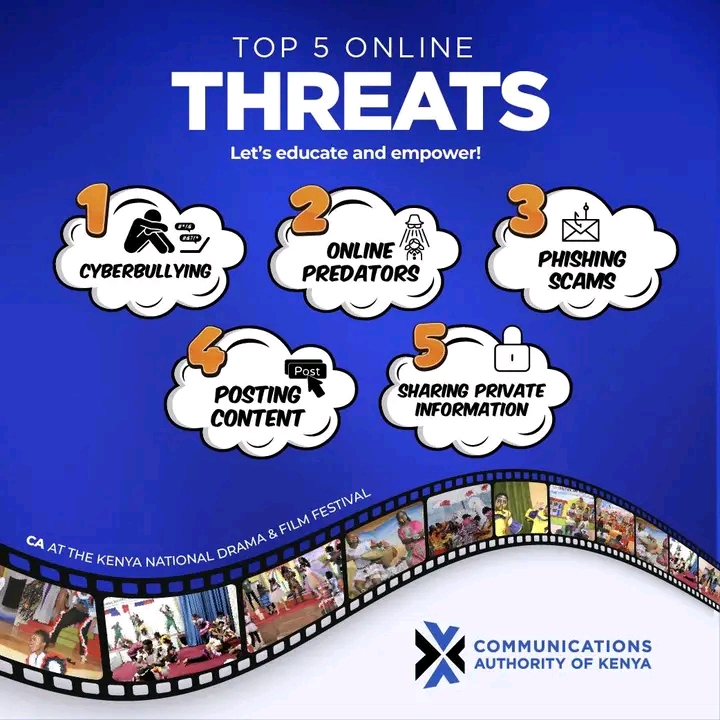
ILLUSTRATION - 10 April 2025, Mecklenburg-Western Pomerania, Schwerin: The apps of various US tech companies, WhatsApp, Google, Amazon, X and Facebook, can be seen together with the Chinese app TikTok on the display of a smartphone. Photo: Jens Büttner/dpa (Photo by Jens Büttner/picture alliance via Getty Images)

In today’s digital age, young people are more connected than ever, accessing the internet for education, socialization, and entertainment. However, this increased connectivity also exposes them to various online threats that can have serious consequences.
Today Tandao Media has delved deep into the top five online dangers that youth commonly face and that’s including the most and major threat,Cyberbullying. Cyberbullying involves using digital platforms to harass, threaten, or humiliate individuals. Unlike traditional bullying, cyberbullying can occur 24/7 and reach a wide audience quickly. Victims may experience anxiety, depression, and in severe cases, suicidal thoughts. Studies indicate that nearly half of teens have encountered some form of cyberbullying, highlighting its prevalence and the need for preventive measures.
Another significant threat is Online Predators,The anonymity of the internet allows predators to pose as peers to gain the trust of young users. They often use social media, chat rooms, and gaming platforms to initiate contact, eventually exploiting their victims. These predators may manipulate children into sharing personal information or engaging in inappropriate activities, posing significant risks to their safety and well-being.

Without forgetting Phishing scams,Phishing scams deceive users into revealing sensitive information, such as passwords or credit card numbers, by pretending to be trustworthy entities. Youth may fall victim to these scams through emails, messages, or fake websites, leading to identity theft or financial loss. Educating young people about recognizing and avoiding phishing attempts is crucial for their online security.
The most recent dangerous of them all is Risky Posting.Sharing personal or inappropriate content online can have long-lasting repercussions. Once something is posted, it can be challenging to remove and may be used maliciously by others. Youth may not fully understand the permanence of online content, leading to decisions that affect their reputation, relationships, and future opportunities.

Sharing Private Information goes hanfd in hand with risky posting.Young individuals may inadvertently share private details, such as their address, school name, or daily routines, making them vulnerable to various threats. Oversharing can lead to identity theft, stalking, or other forms of exploitation. It’s essential to teach youth the importance of maintaining privacy and being cautious about the information they disclose online.
Protective Measures that can be taken to reduce such threats.
To safeguard young people from these online threats, parents, educators, and guardians should:
We should educate them about the risks associated with internet use and the importance of digital literacy without forgetting to Communicate openly, encouraging them to share their online experiences and report any uncomfortable situations.
Individuals should strictly and frequently Monitor their online activities, utilizing parental controls and privacy settings to limit exposure to harmful content and finally Empower them to make informed decisions, fostering critical thinking about the content they encounter and share.By taking these proactive steps, we can create a safer online environment for youth, allowing them to benefit from the internet’s resources while minimizing potential risks.





